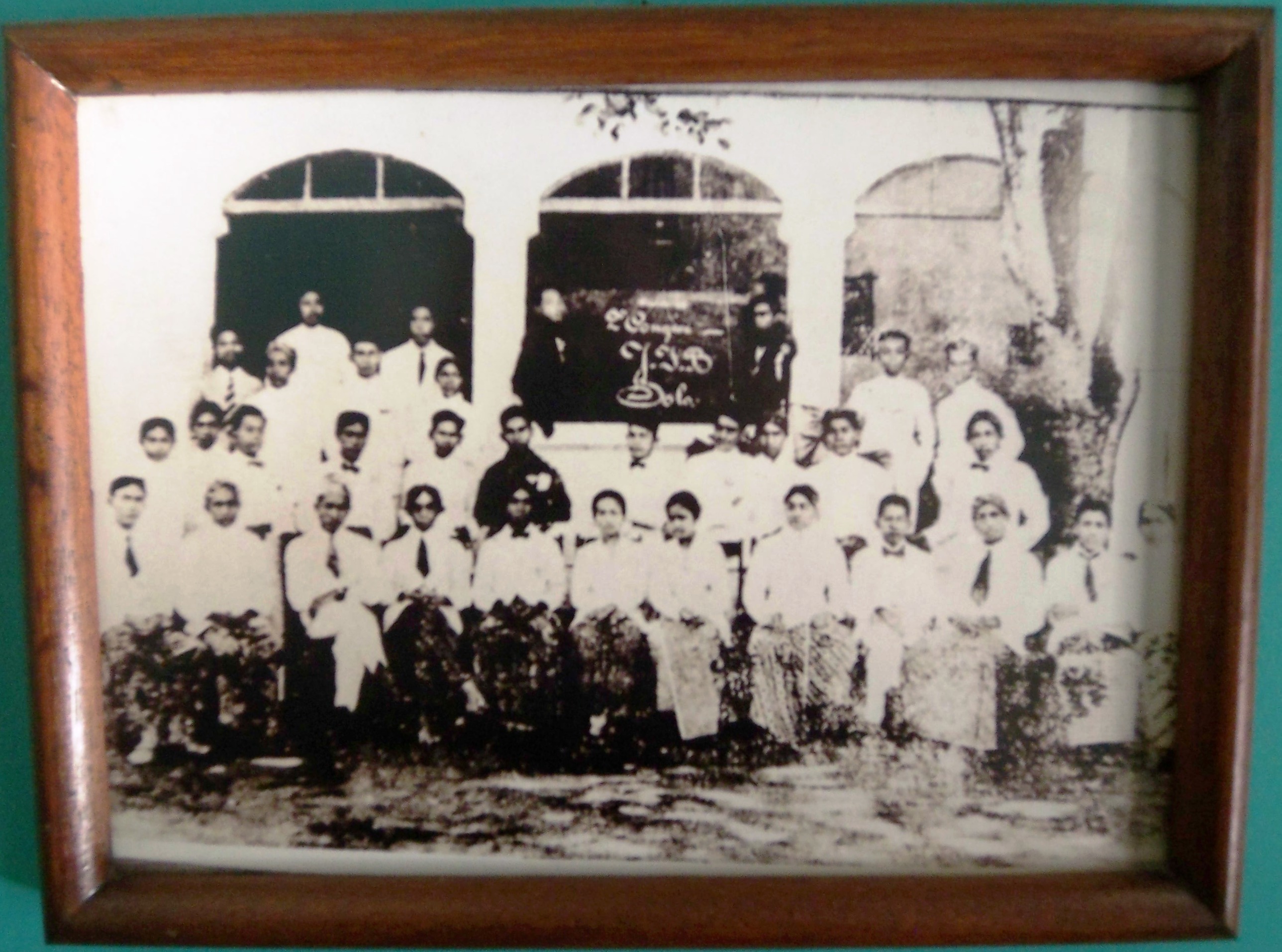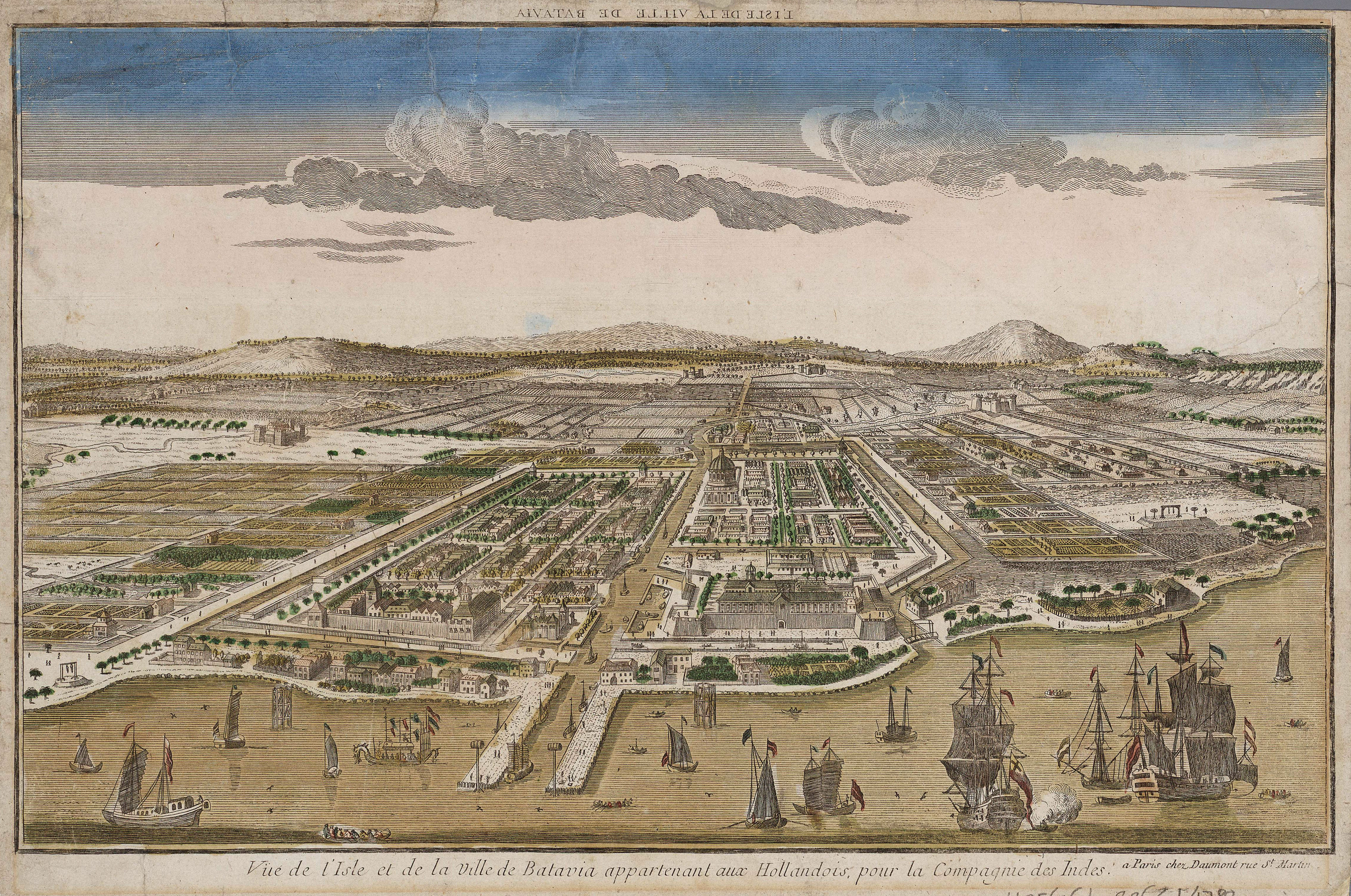|
Jong Islamieten Bond
Jong Islamieten Bond (JIB) or ''Islamic youth association'' was a youth organization during Dutch East Indies ruling established in Batavia on January 1, 1925. The organization was established by Indonesian young students with the first goal to provide courses on Islam to Muslim students to engage the sense of brotherhood amongst the educated Muslim youth from different regions of the archipelago who were previously members of local associations, such as Jong Java (March 7, 1915), Jong Sumatra (December 9, 1917), and others. JIB was not a political organization. The first elected chairman at the first JIB Congress in 1925 in Yogyakarta, Samsurijal, when giving the speech said, "In the courses, lectures and debates which we hold, we try as far as possible to enhance the understanding of religion and politics especially from the point of Islam to members, but JIB will not join any political activities". The composition of the first Executive Committee of the newly created JIB were: Ra ... [...More Info...] [...Related Items...] OR: [Wikipedia] [Google] [Baidu] |
Dutch East Indies
The Dutch East Indies, also known as the Netherlands East Indies ( nl, Nederlands(ch)-Indië; ), was a Dutch colony consisting of what is now Indonesia. It was formed from the nationalised trading posts of the Dutch East India Company, which came under the administration of the Dutch government in 1800. During the 19th century, the Dutch possessions and hegemony expanded, reaching the greatest territorial extent in the early 20th century. The Dutch East Indies was one of the most valuable colonies under European rule, and contributed to Dutch global prominence in spice and cash crop trade in the 19th to early 20th centuries. The colonial social order was based on rigid racial and social structures with a Dutch elite living separate from but linked to their native subjects. The term ''Indonesia'' came into use for the geographical location after 1880. In the early 20th century, local intellectuals began developing the concept of Indonesia as a nation state, and set the stage ... [...More Info...] [...Related Items...] OR: [Wikipedia] [Google] [Baidu] |
Agus Salim
''Haji'' Agus Salim (; October 8, 1884 – November 4, 1954) was an Indonesian journalist, diplomat, and statesman. He served as Indonesia's Minister of Foreign Affairs between 1947 and 1949. Early life Agus Salim was born Masjhoedoelhaq Salim on October 8, 1884, in the village of Koto Gadang, a suburb of Fort de Kock. His father, Sutan Mohammad Salim, was a colonial prosecutor and judge whose highest rank was chief judge for the indigenous court in Tanjung Pinang. His birth name, which translates into "defender of truth", was changed into Agus Salim early in his childhood. Salim received his elementary education at ''Europeesche Lagere School''; at that time, it was considered a privilege for a non-European child to attend an all-European school. He continued his studies at the ''Hogere Burgerschool'' in Batavia, and graduated with the highest score in the whole Dutch East Indies. Salim's father had applied (and was granted) for his two sons, Agus and Jacob, to be granted equ ... [...More Info...] [...Related Items...] OR: [Wikipedia] [Google] [Baidu] |
Islamic Organizations Based In Indonesia
Islam (; ar, ۘالِإسلَام, , ) is an Abrahamic monotheistic religion centred primarily around the Quran, a religious text considered by Muslims to be the direct word of God (or ''Allah'') as it was revealed to Muhammad, the main and final Islamic prophet.Peters, F. E. 2009. "Allāh." In , edited by J. L. Esposito. Oxford: Oxford University Press. . (See alsoquick reference) " e Muslims' understanding of Allāh is based...on the Qurʿān's public witness. Allāh is Unique, the Creator, Sovereign, and Judge of mankind. It is Allāh who directs the universe through his direct action on nature and who has guided human history through his prophets, Abraham, with whom he made his covenant, Moses/Moosa, Jesus/Eesa, and Muḥammad, through all of whom he founded his chosen communities, the 'Peoples of the Book.'" It is the world's second-largest religion behind Christianity, with its followers ranging between 1-1.8 billion globally, or around a quarter of the world's pop ... [...More Info...] [...Related Items...] OR: [Wikipedia] [Google] [Baidu] |
Indonesian National Awakening
The Indonesian National Awakening ( id, Kebangkitan Nasional Indonesia) is a term for the period in the first half of the 20th century, during which people from many parts of the archipelago of Indonesia first began to develop a national consciousness as "Indonesians". In the pursuit of profits and administrative control, the Dutch imposed an authority of the Dutch East Indies on an array of peoples who had not previously shared a unified political identity. By the start of the 20th century, the Dutch had formed the territorial boundaries of a colonial state that became the precursor to modern Indonesia. In the first half of the 20th century, new organisations and leadership developed. Under its Ethical Policy, the Netherlands helped create an educated Indonesian elite. These profound changes amongst the indigenous Indonesian population are often referred to as the "Indonesian National Revival". They were accompanied by increased political activism and culminated in Indonesian n ... [...More Info...] [...Related Items...] OR: [Wikipedia] [Google] [Baidu] |
Japanese Occupation Of The Dutch East Indies
The Empire of Japan occupied the Dutch East Indies (now Indonesia) during World War II from March 1942 until after the end of the war in September 1945. It was one of the most crucial and important periods in modern Indonesian history. In May 1940, Germany occupied the Netherlands, and martial law was declared in the Dutch East Indies. Following the failure of negotiations between the Dutch authorities and the Japanese, Japanese assets in the archipelago were frozen. The Dutch declared war on Japan following the 7 December 1941 Attack on Pearl Harbor. The Japanese invasion of the Dutch East Indies began on 10 January 1942, and the Imperial Japanese Army overran the entire colony in less than three months. The Dutch surrendered on 8 March. Initially, most Indonesians welcomed the Japanese as liberators from their Dutch colonial masters. The sentiment changed, however, as between 4 and 10 million Indonesians were recruited as forced labourers ('' romusha'') on economic deve ... [...More Info...] [...Related Items...] OR: [Wikipedia] [Google] [Baidu] |
Tegal (city)
Tegal is a city in the northwest part of Central Java of Indonesia. It is situated on the north coast (or ''pesisir'') of Central Java, about from Semarang, the capital of the province. It had a population of 239,599 at the 2010 Census and 276,734 at the 2015 Census. Its built-up (''or metro'') area made up of Tegal Municipality and 12 districts spread over Tegal and Brebes Regencies was home to 1,366,858 inhabitants as of 2010 census. It is administratively separate from Tegal Regency, which borders it to the south and east; Brebes Regency borders it to the west. The Dutch East Indies colonial sugar industry originated in Tegal and the nearby city of Pekalongan, approximately to the east. Tegal Regency remained a major sugar production center until the mid-20th century. The city served as a port for exporting sugar produced on the nearby plantations. Tegal is famous for its warung, commonly called "warteg" or warung tegal. It is also known for its tea products, such as teh ... [...More Info...] [...Related Items...] OR: [Wikipedia] [Google] [Baidu] |
Dutch Language
Dutch ( ) is a West Germanic language spoken by about 25 million people as a first language and 5 million as a second language. It is the third most widely spoken Germanic language, after its close relatives German and English. ''Afrikaans'' is a separate but somewhat mutually intelligible daughter languageAfrikaans is a daughter language of Dutch; see , , , , , . Afrikaans was historically called Cape Dutch; see , , , , , . Afrikaans is rooted in 17th-century dialects of Dutch; see , , , . Afrikaans is variously described as a creole, a partially creolised language, or a deviant variety of Dutch; see . spoken, to some degree, by at least 16 million people, mainly in South Africa and Namibia, evolving from the Cape Dutch dialects of Southern Africa. The dialects used in Belgium (including Flemish) and in Suriname, meanwhile, are all guided by the Dutch Language Union. In Europe, most of the population of the Netherlands (where it is the only official language spoken country ... [...More Info...] [...Related Items...] OR: [Wikipedia] [Google] [Baidu] |
Semarang
Semarang ( jv, ꦏꦸꦛꦯꦼꦩꦫꦁ , Pegon: سماراڠ) is the capital and largest city of Central Java province in Indonesia. It was a major port during the Dutch colonial era, and is still an important regional center and port today. The city has been named as the cleanest tourist destination in Southeast Asia by the ASEAN Clean Tourist City Standard (ACTCS) for 2020–2022. It has an area of and is located at . The population of the city was 1,555,984 at the 2010 censusBiro Pusat Statistik, Jakarta, 2011. and 1,653,524 at the 2020 census,Badan Pusat Statistik, Jakarta, 2021. making it Indonesia's ninth most populous city after Jakarta, Surabaya, Bekasi, Bandung, Medan, Depok, Tangerang and Palembang. The built-up urban area had 3,183,516 inhabitants at the 2010 census spread over two cities and 26 districts. The Semarang metropolitan area (a.k.a. ''Kedungsepur'') has a population of over 6 million in 2020 (''see Greater Semarang section''). The population of the cit ... [...More Info...] [...Related Items...] OR: [Wikipedia] [Google] [Baidu] |
History Of Jakarta
Jakarta is Indonesia's capital and largest city. Located on an estuary of the Ciliwung River, on the northwestern part of Java, the area has long sustained human settlement. Historical evidence from Jakarta dates back to the 4th century CE, when it was a Hindu settlement and port. The city has been sequentially claimed by the Indianized kingdom of Tarumanegara, the Hindu Kingdom of Sunda, the Muslim Sultanate of Banten, and by Dutch, Japanese and Indonesian administrations. The Dutch East Indies built up the area before it was taken during World War II by the Empire of Japan and finally became independent as part of Indonesia. Jakarta has been known by several names. It was called Sunda Kelapa during the Kingdom of Sunda period and Jayakarta, Djajakarta or Jacatra during the short period of the Banten Sultanate. Thereafter, Jakarta evolved in three stages. The " old city", close to the sea in the north, developed between 1619 and 1799 during the era of the VOC. The "new city" ... [...More Info...] [...Related Items...] OR: [Wikipedia] [Google] [Baidu] |
Purworedjo
Purworejo is a regency ( id, kabupaten) in the southern part of Central Java province in Indonesia. It covers an area of 1,034.82 km2 and had a population of 695,427 at the 2010 Census and 769,880 at the 2020 Census; the official estimate as at mid 2021 was 773,588. Its capital is the town of Purworejo. History Ancient Mataram Hindu Period (8th–9th century AD) The history of Purworejo is first recorded on Kayu Ara Hiwang inscription on 5 October 901, which is being found in Boro Wetan Village The area was originally known by the name 'Bagelen' (read /ba·gə·lɛn/) and it is now become a smaller part of the whole Purworejo regency. In the 9th centuries, Bagelen is part of the history of the ancient Mataram Hindu civilization (See: Medang Kingdom) which was flourished on Kedu Plain. It is estimated that within the period of Rakai Watukara Dyah Balitung, Bagelen had become the capital of the Mataram Hindu Kingdom or that it is the origin of the king as Watukara is a ... [...More Info...] [...Related Items...] OR: [Wikipedia] [Google] [Baidu] |



.jpg)



